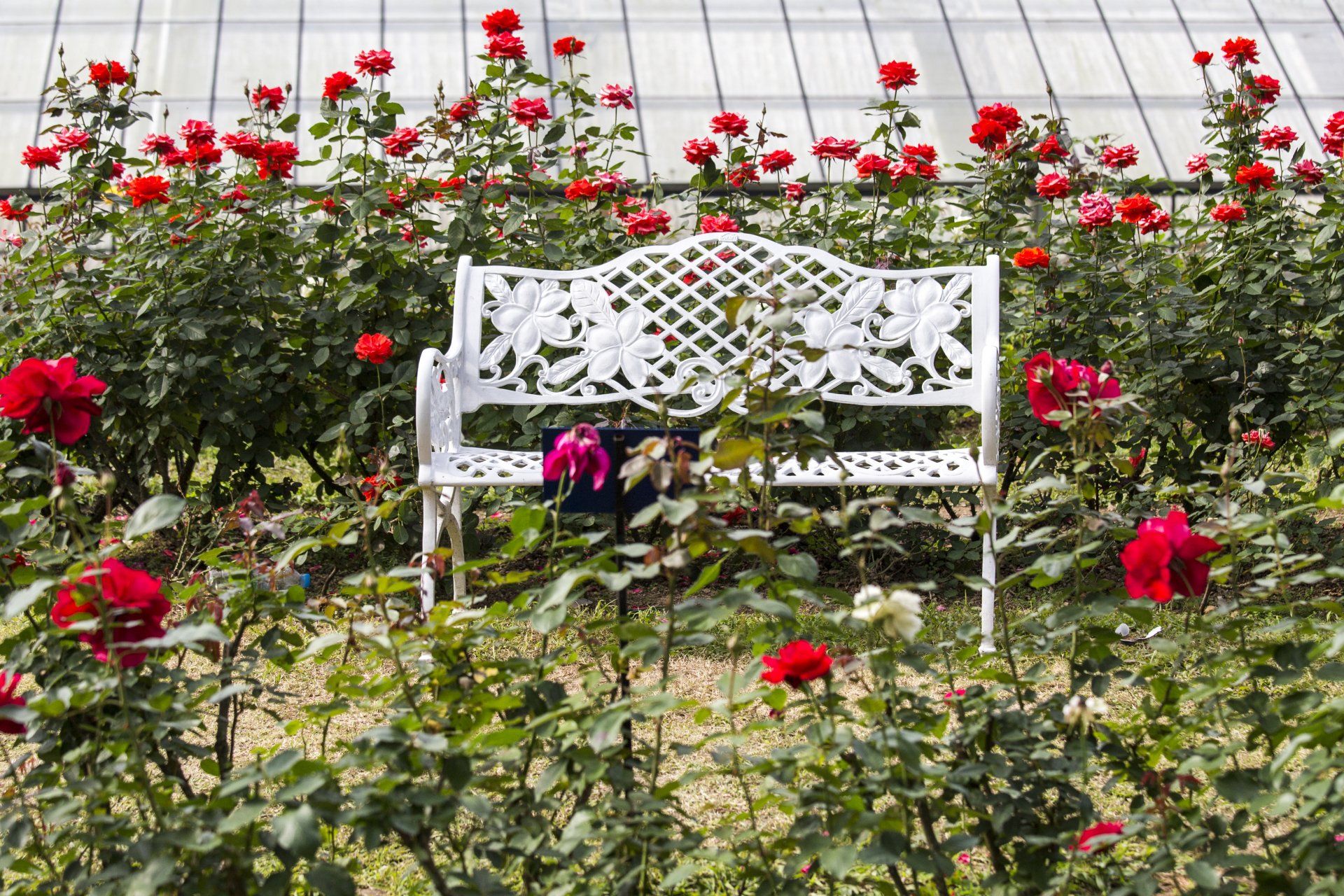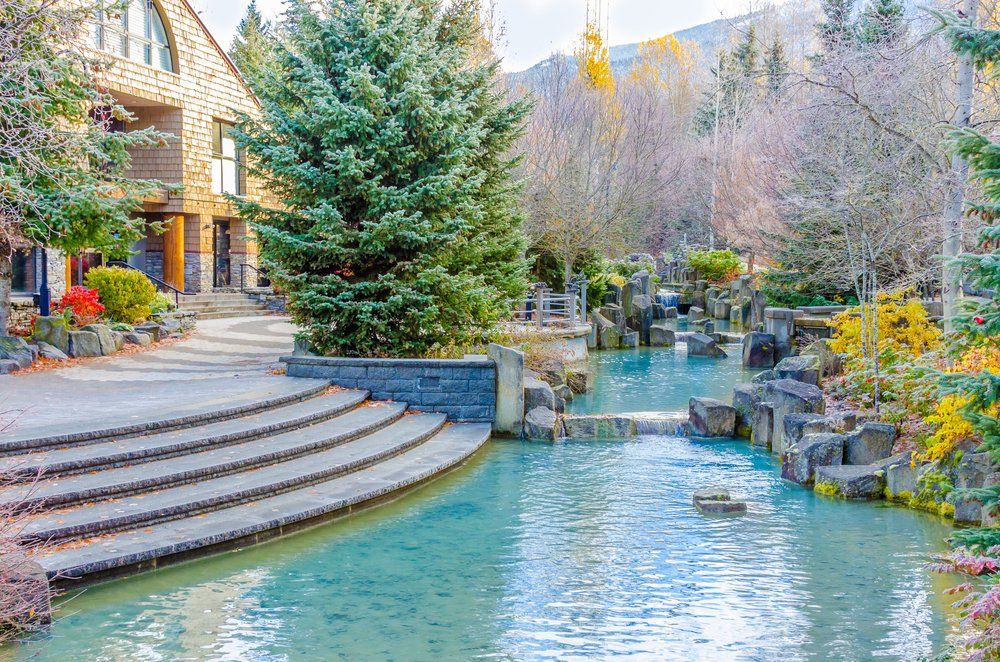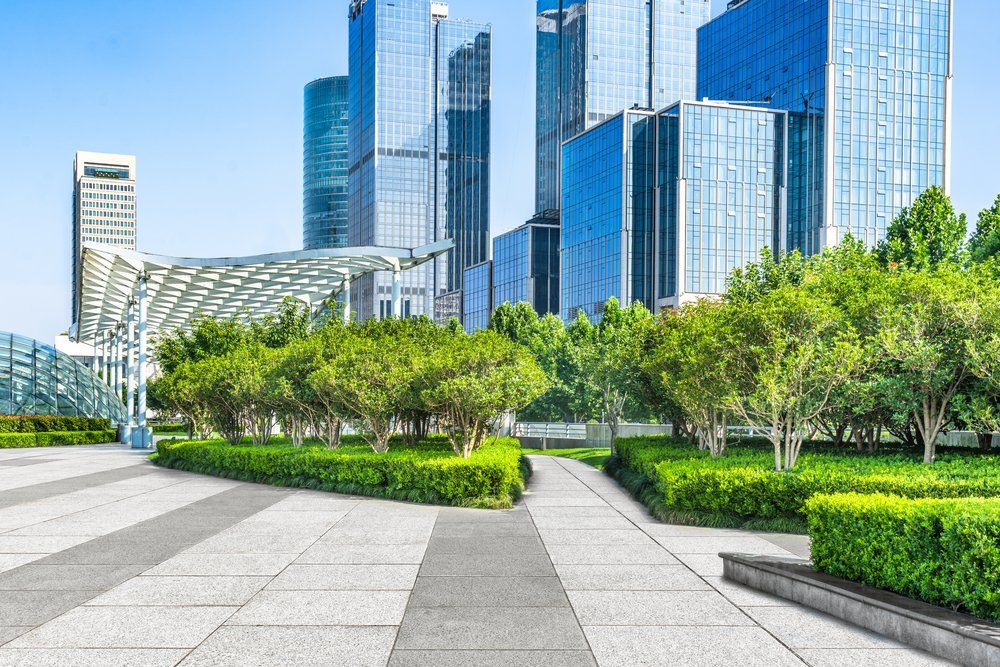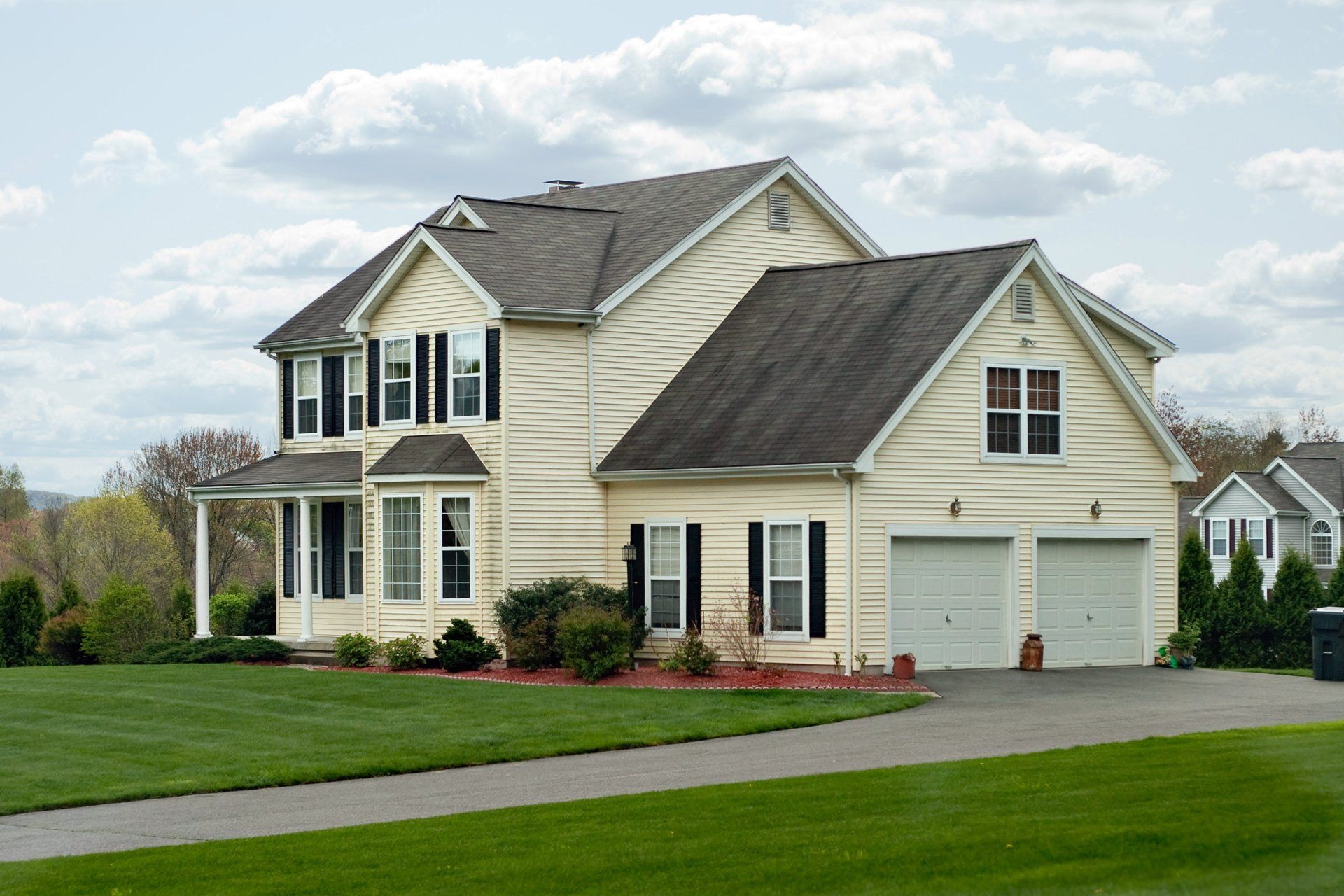Drip Irrigation's Advantages
Summertime is here, meaning hot weather and drought conditions are right around the corner. While some people might think that means they can't irrigate their lawn or garden anymore, that's simply not the case. Drip irrigation is a great way to provide your plants with the water they need while keeping your water bill low. In this blog post, we'll take a look at some of the advantages of using drip irrigation for your landscape. So if you're looking for a way to keep your plants healthy and hydrated during these scorching months, read on!

What Drip Irrigation is and How Does it Work?
Drip irrigation is a type of irrigation system that delivers water directly to the roots of plants via small tubes or pipes. This method is superior to traditional irrigation methods, such as sprinklers, because it enables water to be delivered more efficiently and with less waste.
It is a system that works by using a network of pipes and valves to deliver water slowly and directly to the roots of plants. The water is delivered at a low pressure, which minimizes evaporation and ensures that the water reaches the roots of the plants. Drip irrigation systems can be used in a variety of landscaping applications, including gardens, lawns, and even commercial agriculture. This type of irrigation is an ideal solution for areas that have limited water resources, as it can help to conserve water.
If you are interested in using drip irrigation in your landscaping, it is important to choose a reputable and experienced landscape design company that can help you plan and install the system.
Here are the ADVANTAGES:
#1. Save water
Gardening requires water, however, the conservation of water resources is a major issue for many, particularly in the West where there is smaller annual rainfall that can replenish water supplies. The positive side is the fact that drip irrigation could cut down on your garden's water consumption by as much as 50 up to a quarter.
The way to do it is as follows: drip irrigation reduces the amount of water used; however, it also enhances water efficiency. Drip irrigation systems make sure that 90 percent to 95% of the water gets to the surface of the soil. If you water using overhead sprinklers in the course of the day, they could lose 20 to 30 percent from the amount of water that you spray. This means that if you apply one inch of water only 0.7 or 0.8 inches will be able to reach your plants.
If you're interested in how drip irrigation compares to overhead sprinklers, here are some facts. When it comes to sprinklers various factors, could adversely affect the efficiency of your water:
- Humidity levels (greater the rate of evaporation in dry air, ad less or no in humid air)
- Wind
- Sprinkler height
- Distance of spray
- The size of the water droplet (influenced by the pressure of water and the design of the nozzle)
- Air temperature
- Solar radiation
Experts often suggest gardeners and grass lovers water their lawns overhead earlier in the day, just before the sun rises. It's because there's high humidity, there is no sun, and the temperature of the air and winds are at a low. At times during the day, it is possible to lose 20-30 percent of your overhead water. However, during the morning, when you are awake this loss drops to around 15 percent.
#2. Save Money
What is the amount this reduces your water bill? It differs greatly depending on the region but consider the following as follows: If you use 20 to 30 percent of your water applying a sprinkler during midday, it is also a sign that 20-30 percent of the cost is wasted on water that doesn't reach the plants. This is not a good way to use your water or your money.
Pro Tips: What about saving frustration? If you're new to the field you should consider getting the use of a drip irrigation kit. They are affordable and can be a great method for you to have your irrigation running and running quickly with little hassle.
#3.Reduce Erosion and Prevent The Runoff
Runoff and erosion are significant issues for municipal stormwater agencies as well as farmers and homeowners too. Before we discuss why these subjects are so important, first, let's clarify the terms we use:
Erosion is The process whereby soil particles are transported from one location to another via wind or water. Eroded soils tend to be deposited in bodies of water such as bays, streams, or rivers.
RUNOFF: In the event that water hasn't been absorbed into the soil, it runs into storm drainage or body of water. The water usually carries the phosphates, pesticides, sediments as well as fertilizers and then deposits them in these bodies of waters or drains.
The reduction of erosion and runoff can help to ensure the soil's integrity and water supply. By using drip irrigation these issues can be eliminated completely. Make sure you set your watering schedule to provide the right amount of water to your plants and the soil type to stop erosion due to excessive watering.
Notice: Water, wind, snow, and gravity can cause erosion to your lawn, ornamental beds, or in your garden, however, drip irrigation should not be a factor in this problem.
#4. Eliminate the Growth of Weeds
Do you want to get rid of the weeds? By using the drip irrigation that you choose to use, the water goes directly to the roots of your plants. If you don't have water available, the weeds that grow in your garden won't be able to grow equally. So, there will be fewer species of weeds competing with each other for food and water.
Be sure that the distance between emitters or holes is in line with your plant spacing for the highest water efficiency. It's the best method to supply additional water straight to the plant and to keep weeds from getting water.
#5. The Disease is a Deterrent
There's a different way the drip irrigation design can benefit to improve your gardening: It prevents diseases. The drip hose is able to apply water to the bottom of your plant. The result? The leaves remain dry. In other words, if you cut down on the time that leaves are damp due to water or dew the, pathogens and fungi can be
much less likely to create illness within the plant.
Pro Tips: Add mulch to help reduce the spread of disease and promote healthy plants. Mulch is not just a way to reduce the rate of evaporation but also keeps water from splashing onto the lower leaves of the plant. If there is no mulch in place, the water splashes can transport pathogens through the soil to the lower leaves. The pathogens can then spread throughout the plant, and spread to other plants.
#6. Make Sure you Save Time
You automate your bill payments calendar reminders, bill pay, and Amazon delivery. So why not automate your garden too? Install your drip system on an automatic timer to keep your garden well-watered and without adding another item to your list of things to do.
#7. Fertilize
Did you know that you can apply fertilizer using the drip irrigation device? Liquid fertilizers can be applied using your drip irrigation device. Like drip irrigation, this solution is sprayed directly into the root zone and does not touch the leaves or weeds. This is referred to as fertigation.
Fertigation is the process of applying fertilizer through an irrigation system. The biggest benefit of fertigation is that it can reduce labor costs and fertilizer waste. It can also improve plant health by ensuring that the correct amount of fertilizer is applied to the root zone.
#8. Pest Control
You can also use your drip irrigation system to apply pest control products. This is a great way to target specific areas of your garden or landscape that are infested with pests. The pest control product is applied directly to the roots of the plants and does not come in contact with the leaves or weeds.
The drip irrigation process is a good way to deliver water and nutrients so that your plants can be healthier, and happier! It also helps protect them from pests by creating an ecosystem indoors.
#9. Increased Plant Growth
Drip irrigation can increase plant growth by applying water directly to the roots of the plants. The roots are able to absorb more water and nutrients when they are watered with a drip irrigation system. This results in healthier plants and increased growth.
The advantages of using this type of watering system come from how precisely it can deliver water to the roots zone while avoiding over-irrigation elsewhere in your garden or landscape which could lead to unwanted lushness in some areas but not others (especially if you have created pools). By applying just enough moisture without flooding entire spaces with liquid every day--or even an hour!--you increase productivity across all parts since no part will be left unproductive due to lack of hydration.
#10. Better Drainage
Drip irrigation systems can help improve drainage in your landscape. The water is applied directly to the roots of the plants, so there is less water on the surface of the soil. This can help reduce runoff and erosion.
It is a great way to improve drainage in your garden and can also help reduce the risk of flooding. Ditches are often prone to becoming clogged with debris over time which slows down water flow significantly; an issue that may come up when it snows or rains heavily because there won't be enough space for extra runoff (which would otherwise drain into). By installing drip systems, you'll ensure efficient use of all available resources like rainwater without worrying about anything getting plugged up at either end!
How to Install a Drip Irrigation System in your Garden?
Installing a drip irrigation system in your garden is a great way to save water and keep your plants healthy. Here are the steps to do it:
- Decide where you want to install the irrigation system. The best place is near the plants that need the most water.
- Dig a trench for the tubing. The trench should be about 6 inches deep and wide enough to fit the tubing.
- Install the tubing in the trench. Make sure that the tubing is level so that water will flow evenly through it.
- Connect the tubing to a water source, such as a hose bib or an irrigation system.
- Turn on the water and check for leaks.
- Install the drip emitters. These devices will control the amount of water that flows through the tubing.
- Set up a timer to turn on the irrigation system at regular intervals. This will ensure that your plants get the water they need without wasting any water.
Verify there are no cracks along this path where soil could easily fall through; if not then seal up these gaps situated appropriately before going ahead to the next step.
Installing a drip irrigation system is a great way to save water and keep your plants healthy. Follow these steps, and you'll be able to do it yourself in no time. Now you can sit back and relax knowing that your garden is being watered efficiently!
Tips For Maintaining a Drip Irrigation System
A drip irrigation system is a smart investment for your garden. It can help you save money and time by cutting the frequency of watering while also reducing weed growth in between episodes during which plants may need extra care due to dry conditions or other circumstances that require attention from Mother Nature.
It is a great way to water your plants, but it's important to maintain it properly in order to ensure its effectiveness. Here are a few tips for keeping your drip irrigation system in good shape:
1. Clean the filters regularly. This will help keep the water flowing properly and prevent clogging.
2. Check the water lines frequently for leaks. If you find a leak, repair it immediately.
3. Flush the system regularly to remove any sediment that may have accumulated.
4. Keep an eye on the plants to make sure they're getting enough water. If they seem stressed, adjust the irrigation accordingly.
By following these simple tips, you can keep your drip irrigation system working properly and ensure that your plants stay healthy and hydrated.
Final Thoughts
If you're looking for an efficient, water-conserving way to irrigate your garden or landscape, drip irrigation may be the perfect solution for you. Drip systems are available in a variety of configurations to suit any need, and they can save you time and money while preserving our most precious natural resource. Contact us today to learn more about how we can help you install a drip irrigation system that will keep your plants healthy and happy all summer long!




